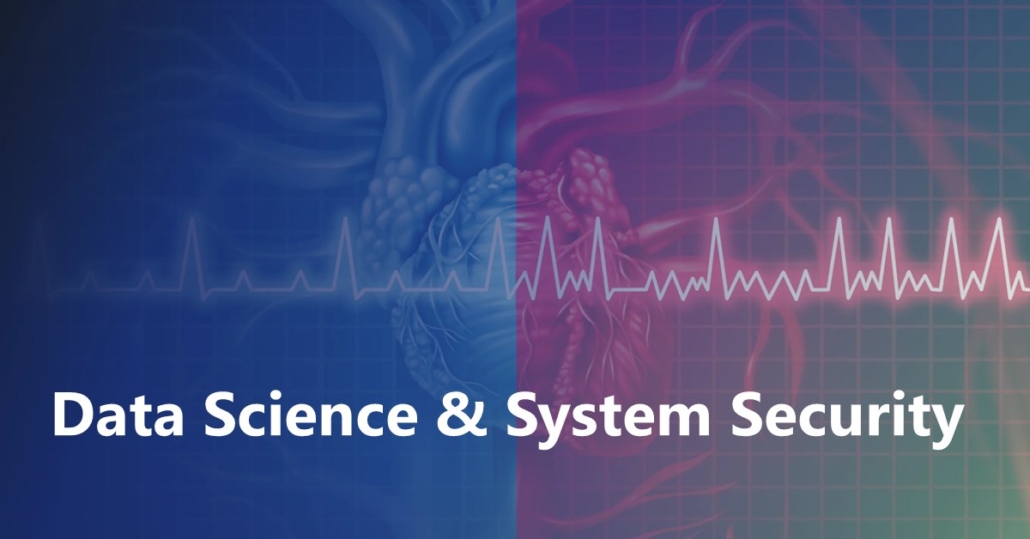Recommend for a Reason: Unlocking the Power of Unsupervised Aspect-Sentiment Co-Extraction
Compliments and concerns in reviews are valuable for understanding users’ shopping interests and their opinions with respect to specific aspects of certain items. Existing review-based recommenders favor large and complex language encoders that can only learn latent and uninterpretable text representations. They lack explicit user-attention and item-property modeling, which however could provide valuable information beyond the ability to recommend items. Therefore, we propose a tightly coupled two-stage approach, including an Aspect-Sentiment Pair Extractor (ASPE) and an Attention-Property-aware Rating Estimator (APRE). Unsupervised ASPE mines Aspect-Sentiment pairs (AS-pairs) and APRE predicts ratings using AS-pairs as concrete aspect-level evidences. Extensive experiments on seven real-world Amazon Review Datasets demonstrate that ASPE can effectively extract AS-pairs which enable APRE to deliver superior accuracy over the leading baselines.


